Offering 'Teas' and 'Ices' among other things, the cafe tapped into the popularity of the village with summer visitors. A couple of customers feature in the photograph, eating ice creams! In the distance, up the Hillhead, beyond the terraced houses, is the former village slaughter house which Goodman also ran at some point as an auctioneer's sale room.
|
Following on from the previous post, this image shows the same corner of Emsdorf Street and Hillhead Street. By this stage (1950s), the painter's business was long gone and the 'Korner Kafe' had been established by Sydney Goodman.
Offering 'Teas' and 'Ices' among other things, the cafe tapped into the popularity of the village with summer visitors. A couple of customers feature in the photograph, eating ice creams! In the distance, up the Hillhead, beyond the terraced houses, is the former village slaughter house which Goodman also ran at some point as an auctioneer's sale room.
0 Comments
Robert Blair Forrester was a linen weaver's son from Dysart who became a master painter and ran businesses in Leven, Lundin Links and Colinsburgh. The 1895 valuation roll shows that he lived and worked at 16 High Street Leven. By 1905, the Lundin Links business was established at the corner of Emsdorf Street and Hillhead Street (see image below). In 1901 Forrester had bought Oriel Cottage in Leven and lived there with his wife and children until 1909, when they moved to Lundin Links. The shop moved with them to their new place at Woodlands Road - a house close to the junction with Emsdorf Road which was then named 'Brooklyn' (see image at foot of post). The Leven High Street premises were retained. Robert Forrester's sons eventually joined the painting business and they found themselves competing with the other Lundin Links painters Adam and Co. (as well as other Leven businesses) for contracts. On 15 August 1936, the Fife Free Press reported under the headline 'Painters at Work' that R.B. Forrester & Sons of Lundin Links were progressing with the exterior paintwork on the municipal housing schemes at Letham Terrace, Letham Avenue, Barron Terrace, Scoonie Terrace, Scoonie Road and North Street. The Forresters remained at Woodlands Road until the late 1940s. Robert Blair Forrester died on 31 January 1950.
The photograph above is not exactly your stereotypical High Street. Although not bustling with shoppers, this image is entitled 'High Street Lundin Mill' and was taken in 1899, probably on the same day as the image shown in the previous post, as it was registered on 11 August by J Ewing (ref: GB 0231 MS 3792/C6968). The picture (of what is now Emsdorf Street) is another one from the collection of George Washington Wilson & Co images held by the University of Aberdeen. The collection is viewable on-line at this link:
http://www.abdn.ac.uk/historic/gww/index.htm Thanks to University of Aberdeen for permission to share the image. Photo © University of Aberdeen / Special Collections Centre The atmosphere of the image is greatly enhanced by the presence of a horse and cart and by the young chap leaning on the window of the painter's premises, owned by Robert Blair Forrester, master painter. The road looks in need of a good sweep and some of the old cottages at the far end of the left side of the street (no doubt the setting of much hand loom weaving) are shortly to be taken down. At the far end of the street on the right a vehicle is parked which was likely involved in the construction of the Lundin Links Hotel. The fine detail from the picture, shown at the foot of this post, is of the part-completed roof of the hotel. You can see through the bare rafters to the trees beyond and a couple of chimney stacks are finished. Change was in the air at this time and this photograph captures both the old and the new, and the sense of transition. The above image is from the George Washington Wilson & Co. photographic collection held by the University of Aberdeen. George Washington Wilson (1823-1893) was a pioneering photographer born in Banffshire. His successful Aberdeen-based firm produced images from all over Britain as well as overseas. Over 37,000 of their glass plate negatives are in possession of Aberdeen University. The collection is viewable on-line at this link: http://www.abdn.ac.uk/historic/gww/index.htm Thanks to University of Aberdeen for permission to share the image. Photo © University of Aberdeen / Special Collections Centre This particular photograph, although showing some signs of its age with a few spots and scrapes, gives a great insight into Lundin Links at a time of significant building work and expansion. If we zoom into the detail of the buildings, we see the Lundin Links Hotel is partially built. The two pictures below show a comparison between the completed hotel on the left and the unfinished version on the right. The latter is missing the whole of the left-side of the building, has only one chimney stack and no roof, only exposed timber. The date given for the registration of this particular image is 11 August 1899 which ties in with the hotel's known year of completion - 1900. The photograph is entitled 'Lundin Links from South: View Over Beach Links and Houses' (ref: GB 0231 MS 3792/C6966) and is recorded as having been taken by a James Ewing. The hotel was not the only place under construction at the time, another detail from the photograph, reveals Elmwood and Ravenswood boarding houses also in progress (see below). Many other houses were built in the few years either side of 1899 as well, notably along Leven Road, Victoria Road and Station Road. Much of Crescent Road (see image at foot of post) had been established forty years earlier in a short-lived burst of development. In 1899, on the brink of a new century, Lundin Links was ready to flourish!
I recently learned that the old inn at Lundin Links and the present Lundin Links Hotel briefly sat side by side at the junction of Emsdorf Street and Leven Road. The first indication of this was a description given in the Dundee Courier's coverage of the official opening of the new hotel on 24 May 1900. It talks of the "imposing" new building formally opened by Sir John Gilmour before stating that: "The old inn at Lundin Links, which has been well known in the locality for many years, if not centuries, is now in course of demolition. Like many old and deserving institutions, it had to give way to modern ideas and usages and to accommodate itself to the development of the place." This strongly suggests that the old in was retained and kept in business until the new building was completed and ready to take over. As the new hotel took two or three years to build, the two must have co-existed for a time. I wonder if any photographs exist out there of the two side by side. Just to check the feasibility of this co-existence, I checked some old maps to see the relative positioning of the buildings. Overlaying a map from 1893 with one from 1912 shows that the two could easily both fit within the plot (see below). The image above shows the whole hotel site with the old inn on the left (right up against the road junction) and the new hotel on the right set further back from the roads. The public water tap (marked WT) would have been right outside the inn. Once demolished, the site of the old inn would become gardens and a wider entrance to the new hotel. Coming in the next post, an image of the hotel under construction.
The above image is detail taken from a multi-view postcard of Lundin Links dating from the early years of the last century. Interestingly, the Lundin Links Hotel is labelled as 'Golf Hotel'. It might have been a short-lived name used after the hotel was first built to attract golfing visitors. The hotel's architect of course was a past Captain of the Lundin Golf Club. The photo was certainly taken soon after completion of the hotel. Note the old water tap still in place in front of the hotel between the gates and the people leaning on the wall (this tap would soon be removed). Also there is a cart to the left of the hotel. The gardens at the front look new with no mature planting. This new elaborate building, and the people it must have attracted, must surely have caused quite a stir in the village at the time.
Following the previous post, which featured an early view of the Post Office, this postcard shows the same parade of shops from the opposite direction. Fairly recently built at the time, the Leven Road shops still lack proper pavements in this c1905 view. There is even some vegetation growing at the lower right of shot. Although the postcard is entitled 'The Hotel', I find the detail of the surroundings more interesting. To the left, the wooded park looks much more inviting for a stroll than it does today. The row of shops on the right are pristine and uniform. The butcher and grocer have had matching styles of signage installed and both premises have a proud member of staff standing outside to pose for the photographer. The indentation in the earth walkway (where the gated passageway is between the two sets of people) indicates the movement of carts through the row of businesses, into the rear courtyard, for the loading of goods into the back-shops and cellars.
This wide-angled shot of Lundin Links Post Office and the streets to either side of it dates to the early years of the last century. Adverts for Cadbury's and Pullar's surround the Post Office entrance, with the name M. Bremner sitting proudly above in large letters. Margaret Bremner was the first shopkeeper to occupy this parade of businesses, opening in 1896. As well as running the postal side of things, Miss Bremner was also a grocer and stationer and a point of contact for holiday accommodation, among other things. Below is an 1898 advert from the Edinburgh Evening News naming her as agent for the hiring of pianos! Margaret Bremner lived above the Post Office in 'Park View', so named due to the view across to the wooded area known then as Fir Park. Very active in the Lundin Ladies Golf Club, she was elected to the club's committee in 1893 and subsequently held the roles of secretary, treasurer (for over 20 years) and was twice Captain.
There are no less than 22 people in the above image taken in Kirkton of Largo. Most of them are children, which is fitting as this photograph was taken right outside the old village school - which was just out of shot on the right. However, by the time of the photograph, the old school would have been closed and present one further up this road on the right open for some time (it was built in 1878). Perhaps the children were on their way to or from the school when they were asked to pose for the photographer. Zooming in on the detail, leather school bags are in evidence, either on backs on in hands. I think the postcard producer needed to go back to school as there is a blatant error on title - 'North Fens' has been written instead of 'North Feus'.
Homelands was a large villa on Leven Road, Lundin Links, replaced recently with accessible holiday cottages run by the Homelands Trust. Homelands was left to charity by the last member of the Paxton family who lived there for many decades. However, Homelands was already quite an age when it was purchased by Robert Carswell Paxton in 1908. Its story begins around 1860 when it was built for the Standard Life Assurance Company, who owned the Lundin Estate at the time.
The house was complete by 1861, when it is listed on the census return as ‘newly built’ and ‘unoccupied’. Haworth next door was built at the same time. Homelands was designed by James Campbell Walker – an architect selected by Standard Life to design many of the buildings in the village which they commissioned soon after the arrival of the railway in 1857. The style of Homelands was strikingly similar to houses he had designed in Edinburgh around the same time. An early resident of Homelands was John Snodgrass Chalmers. He was the only surviving son of General Sir William Chalmers, a distinguished Fife soldier (who had nine horses killed under him in his military career - including four at Waterloo), who died in June 1860. John Snodgrass Chalmers (who had also been a military man himself but had retired from service in 1850) occupied Homelands for a period before his death in August 1872. Following this, a Mr John Walker – a retired farmer from Ceres – bought Homelands to be close by to his sister who lived at Hatton (he had no family of his own). He lived at Homelands for about 10 years until his death in 1884 age 90. Walker was a great philanthropist and left various trusts in place after his death in addition to the many donations he had made to charitable causes during his lifetime. In 1895 an advert appeared in the Glasgow Herald for Homelands to be let "for the summer or longer". The image shown above may date from around this period, when the house probably hosted various families for short spells. Then in 1903 a Mr James Curr purchased Homelands. Mr Curr died in 1908, the same year that Robert Paxton purchased Homelands. |
AboutThis blog is about the history of the villages of Lundin Links, Lower Largo and Upper Largo in Fife, Scotland. Comments and contributions from readers are very welcome!
SearchThere is no in-built search facility on this site. To search for content, go to Google and type your search words followed by "lundin weebly". Categories
All
Archives
July 2024
|




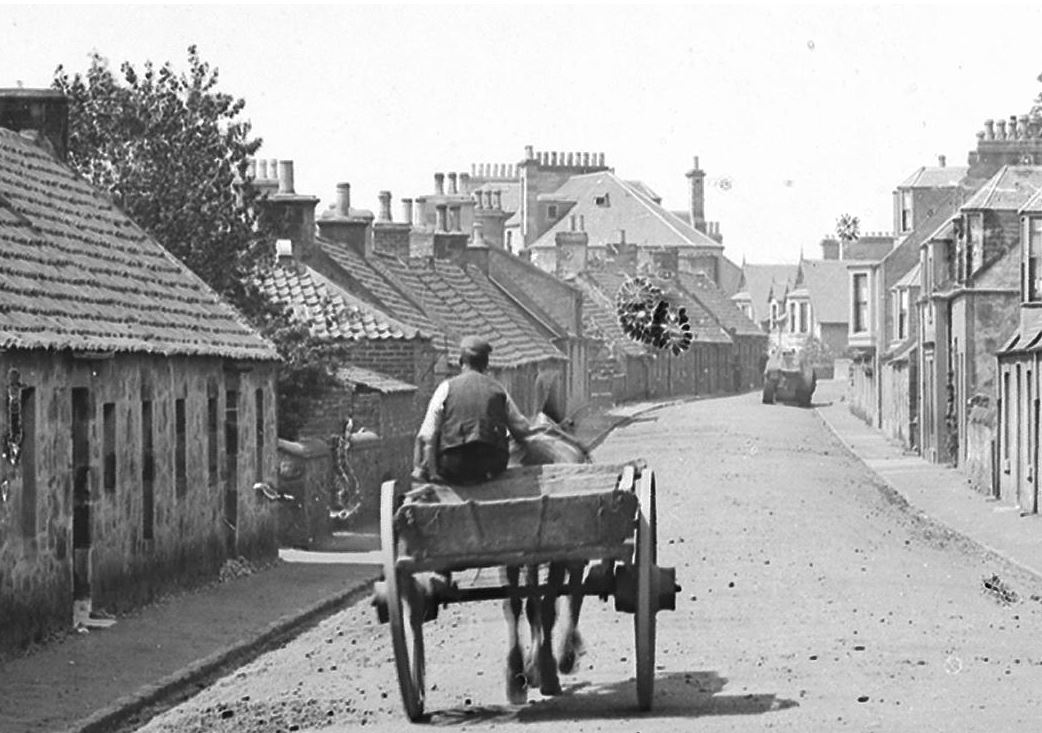
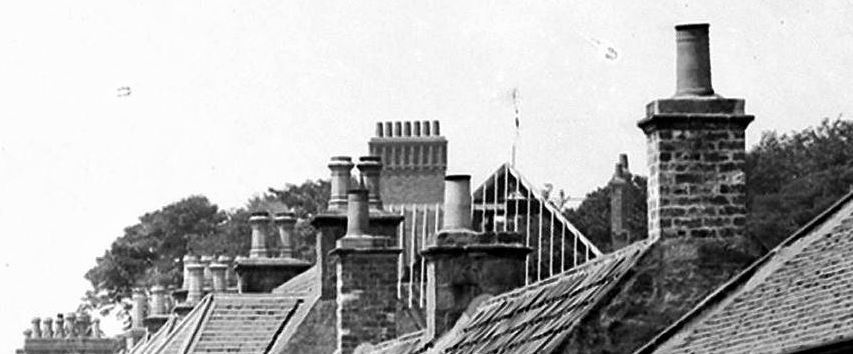
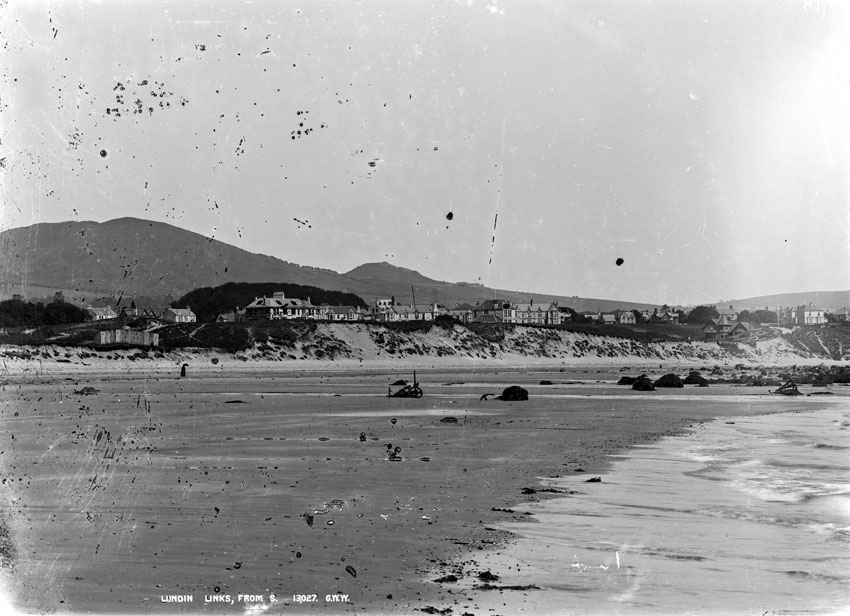








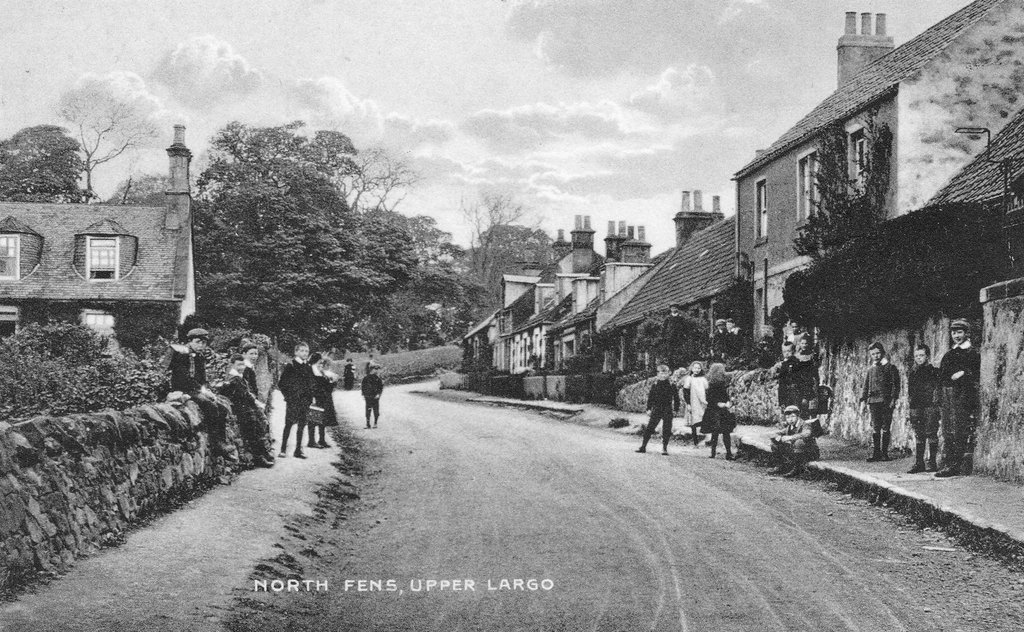

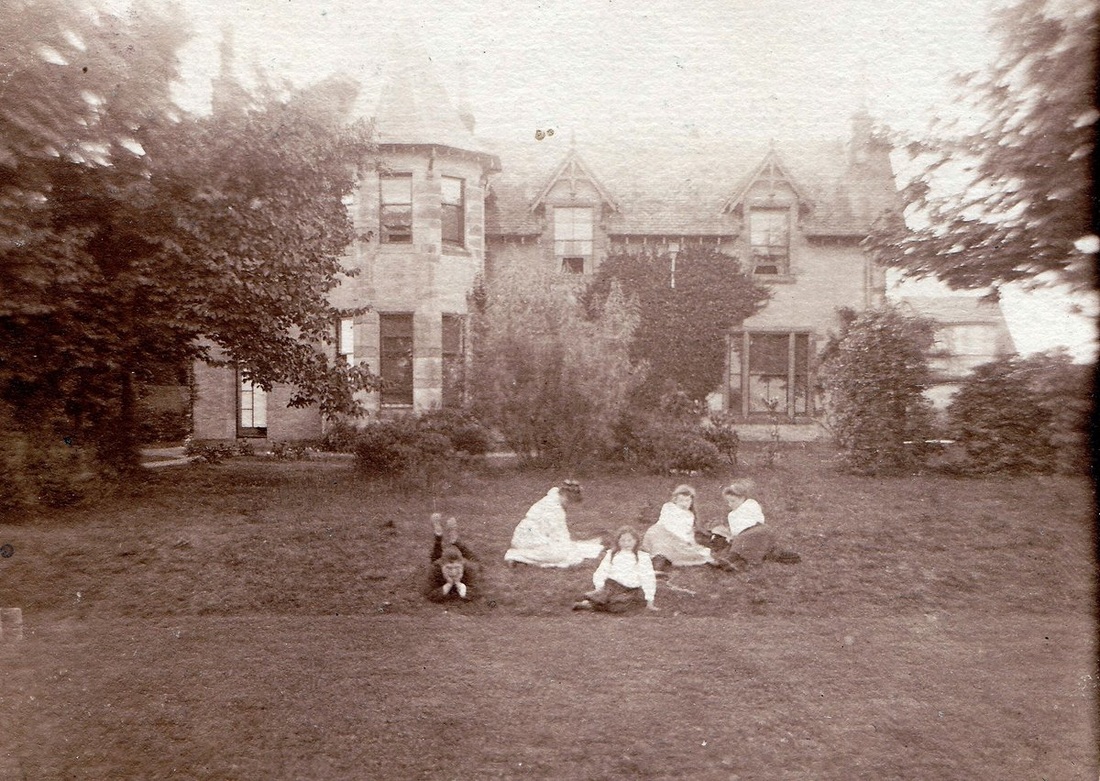
 RSS Feed
RSS Feed
